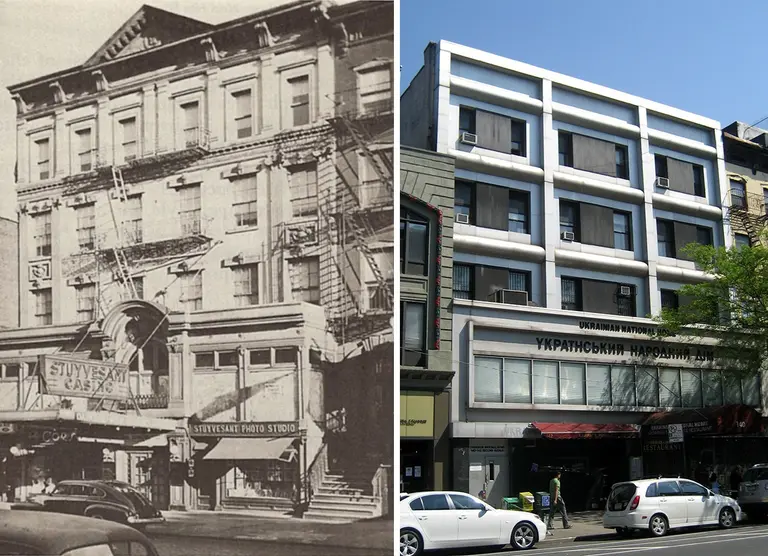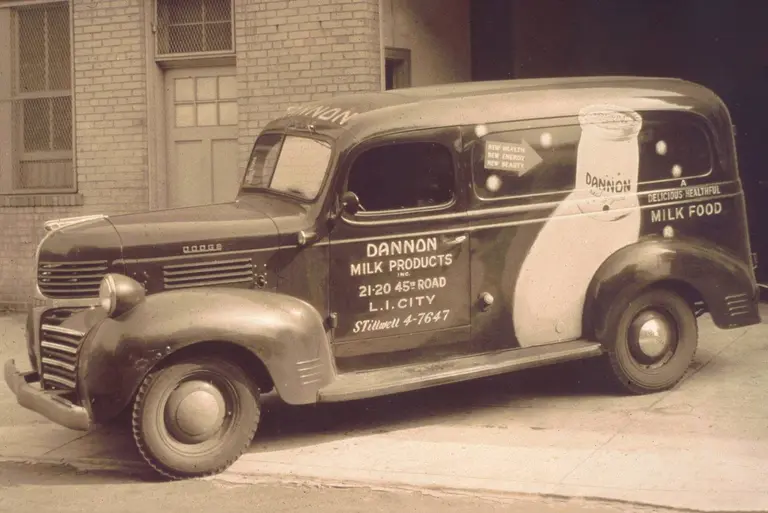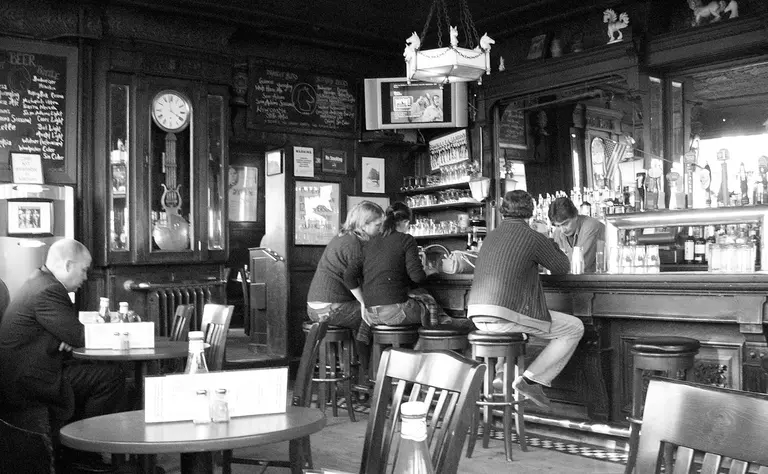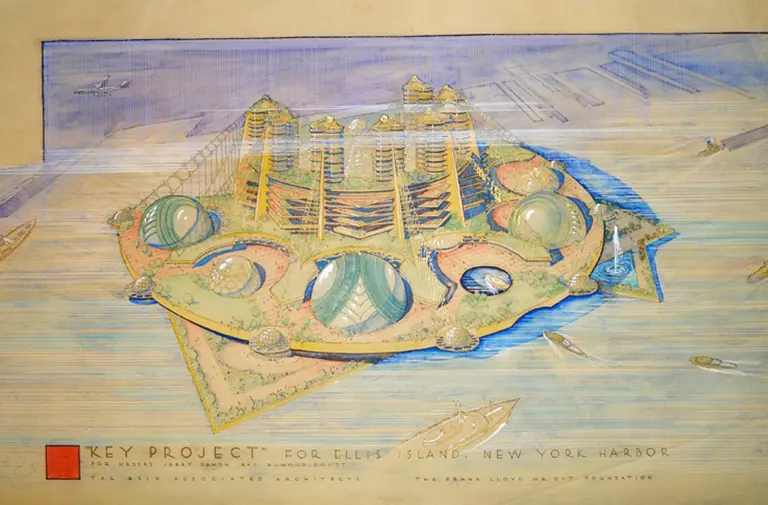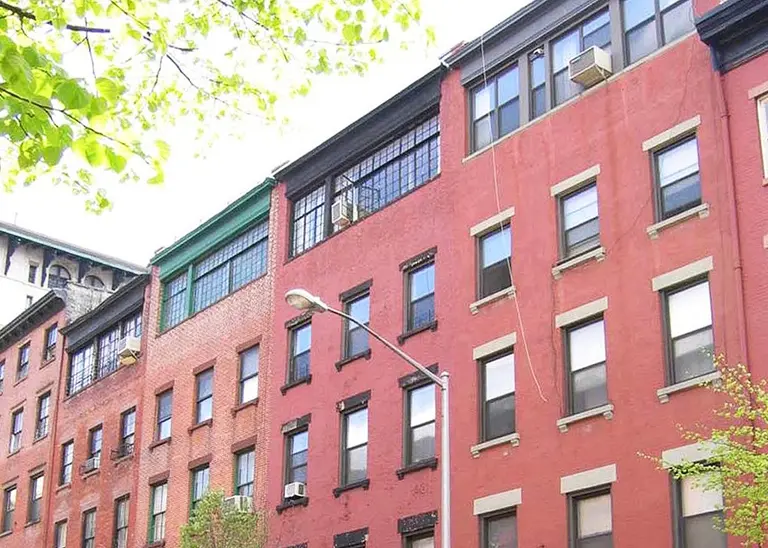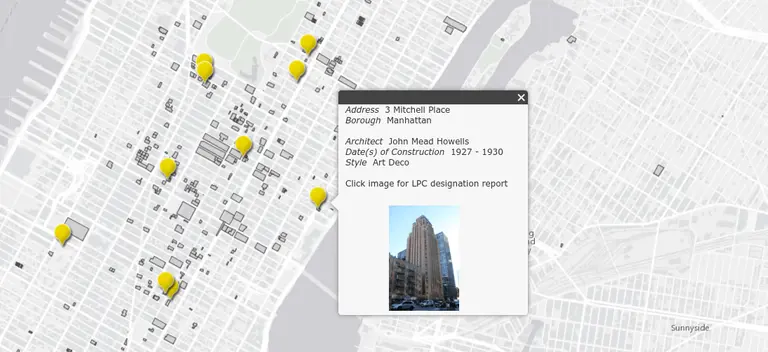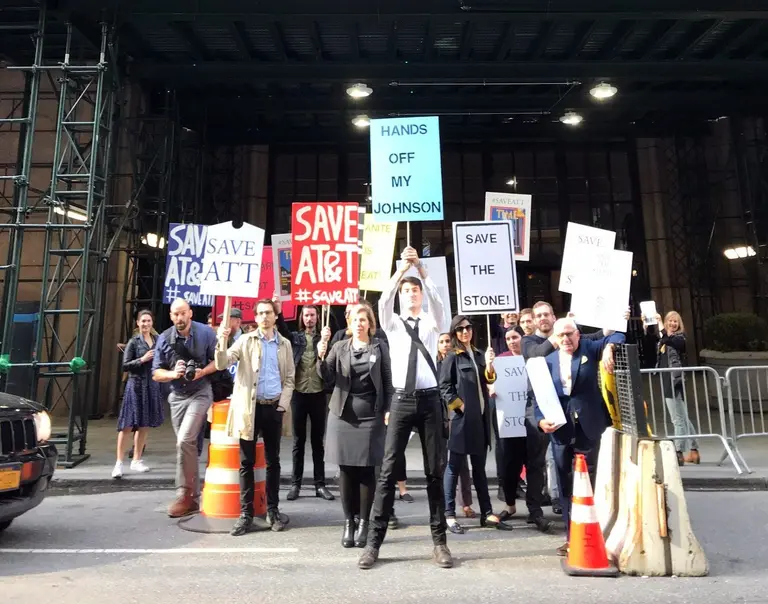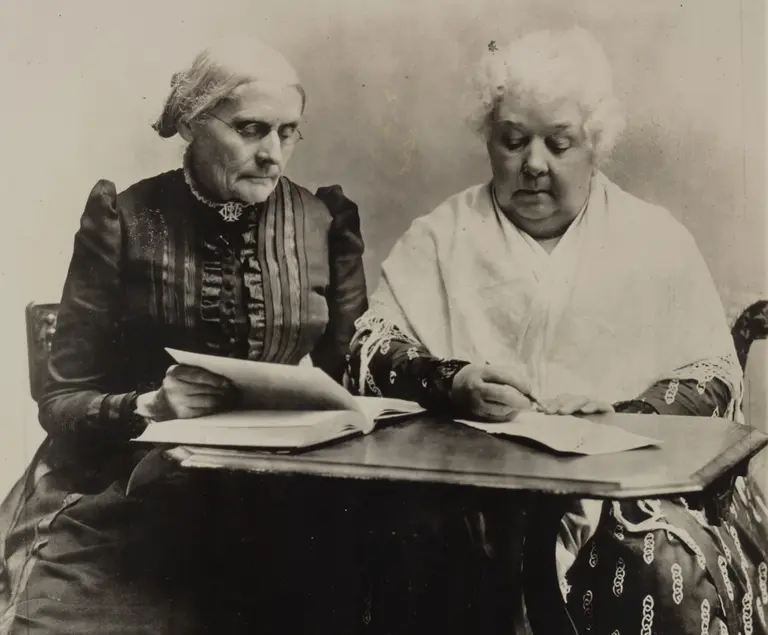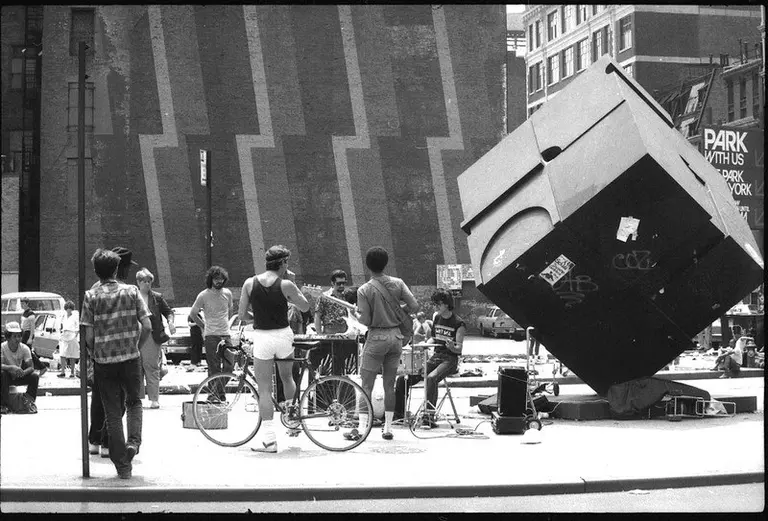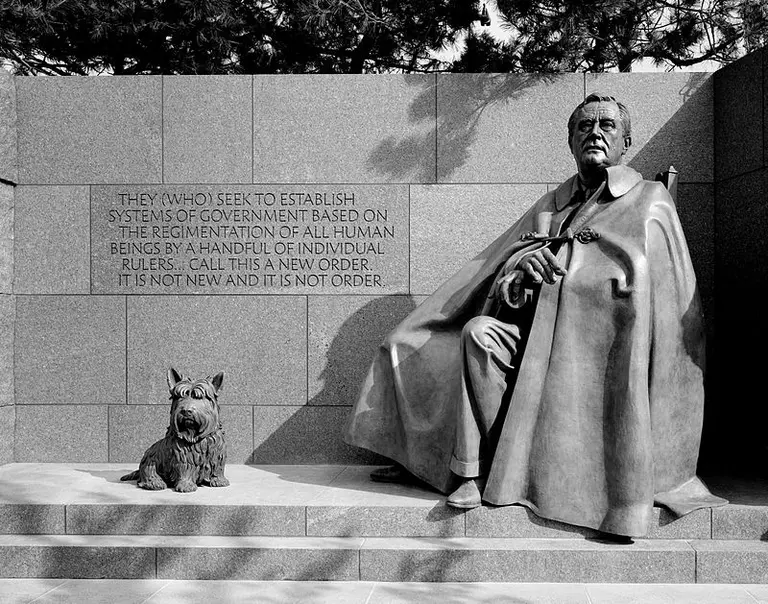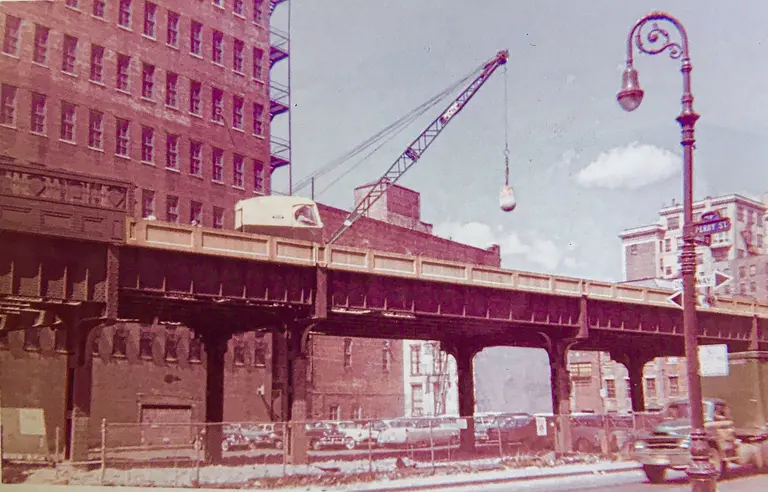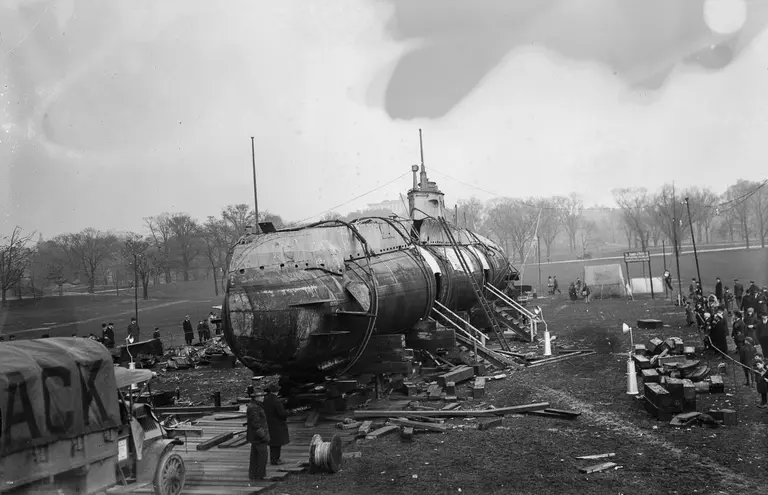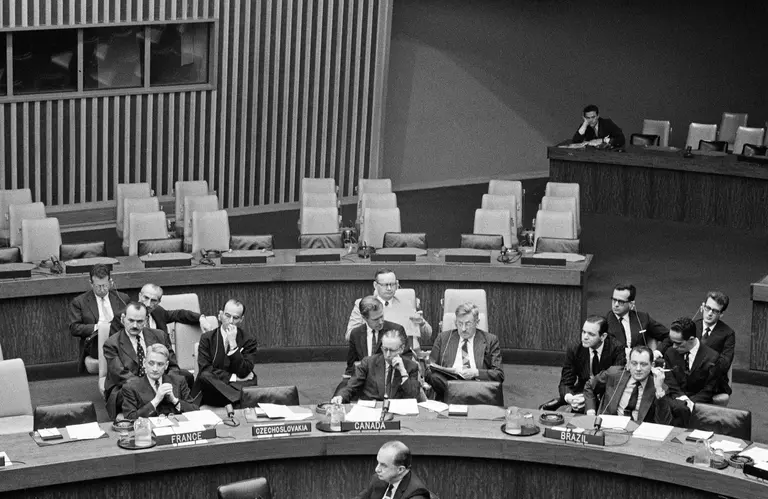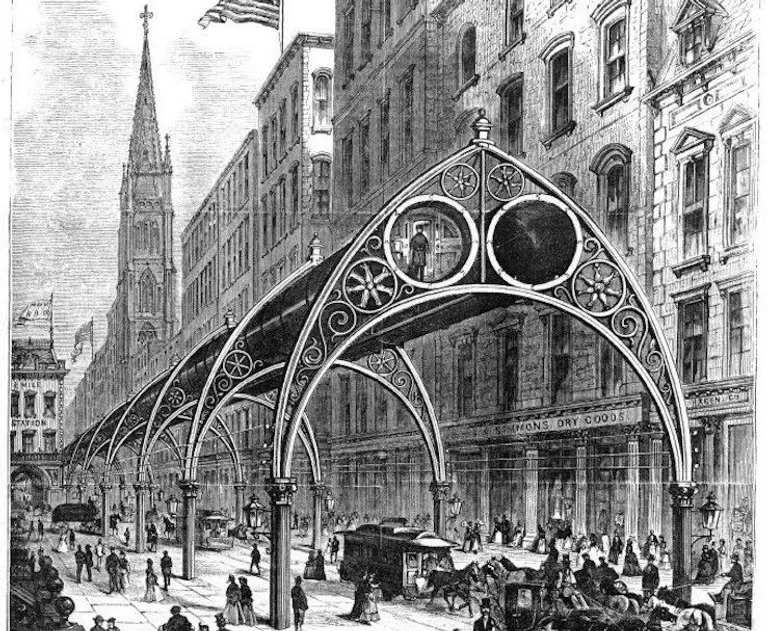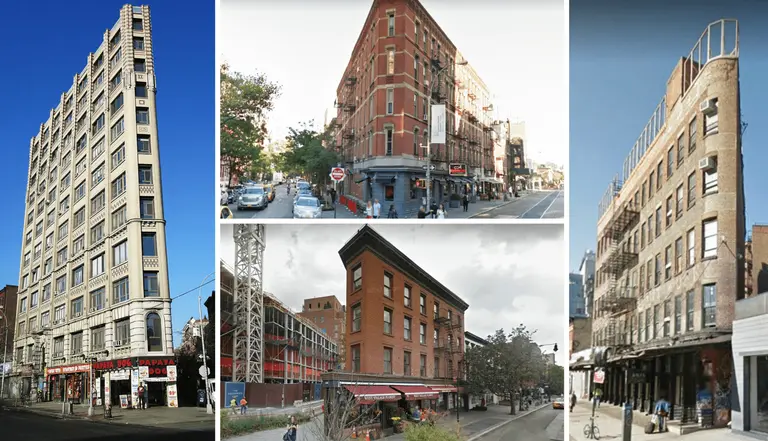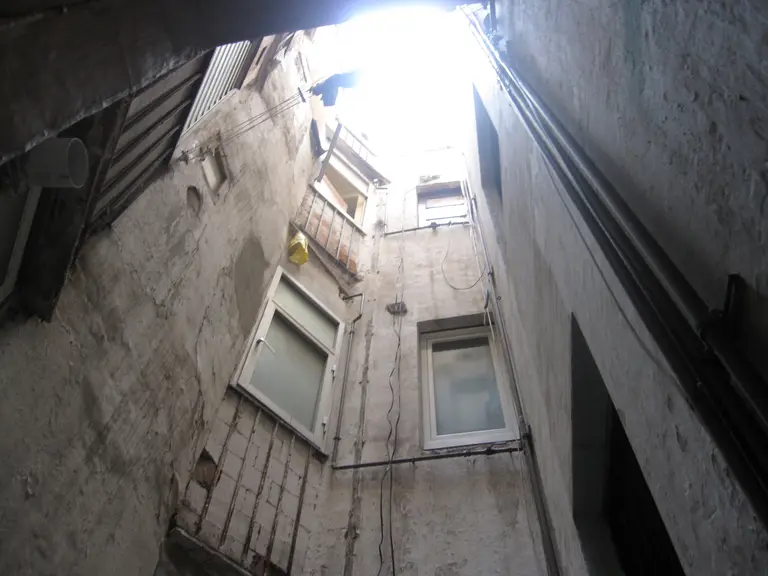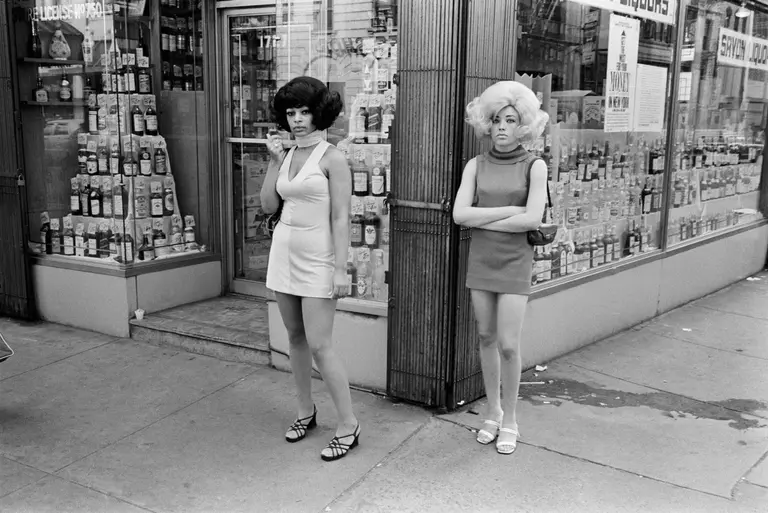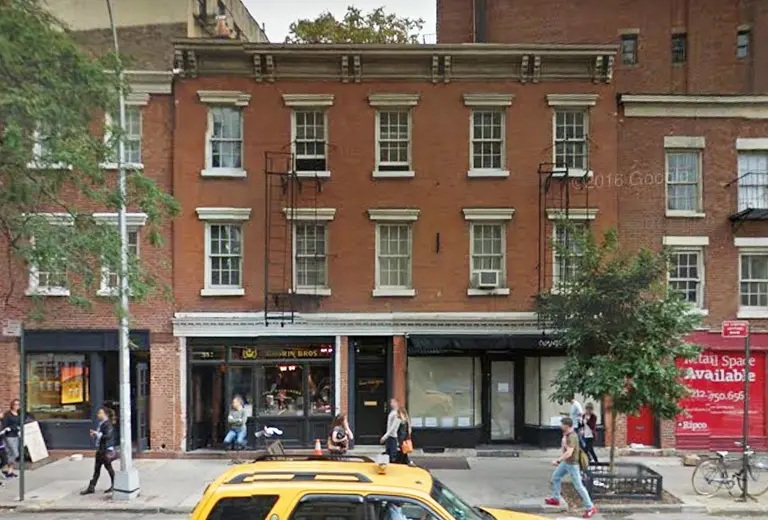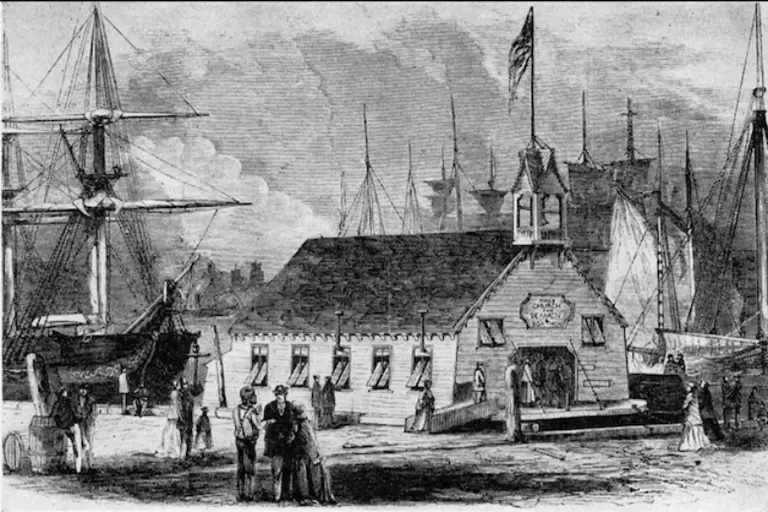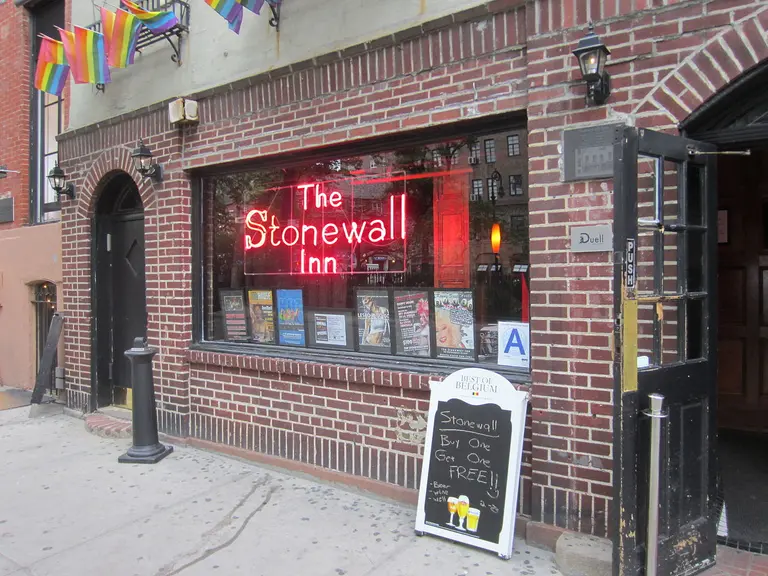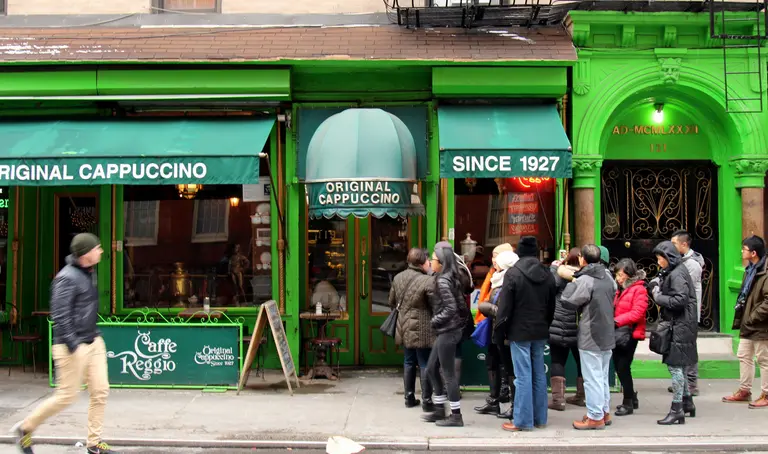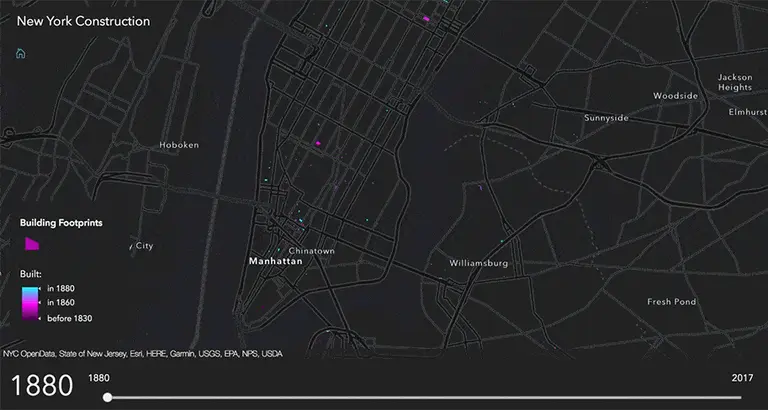October 13, 2017
6sqft’s series The Urban Lens invites photographers to share work exploring a theme or a place within New York City. In this installment, Edward Grazda shares photos from the "mean streets" of 1970s and '80s NYC. Are you a photographer who’d like to see your work featured on The Urban Lens? Get in touch with us at
[email protected].
When photographer Edward Grazda moved to New York in the early '70s, he was renting a loft on Bleecker Street for $250 a month during a time when the city was in a financial crisis, jobs were hard to come by, and places like the Bowery were facing a huge rise in homelessness. But it was also a time when a new generation of artists were beginning to move in. Instead of the tourist- and millionaire-filled streets we see today, 40 years ago they were teeming with energy. "I felt like there were many possibilities to be creative," Ed says. And with that in mind, he began shooting candids and random street scenes between personal projects in Latin American and Afghanistan. This work abroad taught him "how to make oneself invisible and blend in on the street."
Just a few years ago, Ed rediscovered these black-and-white photos and noticed how different things are now, from the physical buildings to the absence of people reading newspapers. He decided to compile them into a book "Mean Streets: NYC 1970-1985," which was just released earlier this week and offers a rare look back "at that desolate era captured with the deliberate and elegant eye that propelled Grazda to further success."
See Edward's photos here
